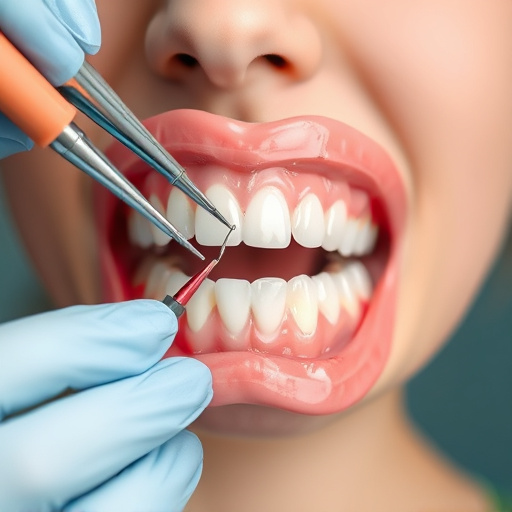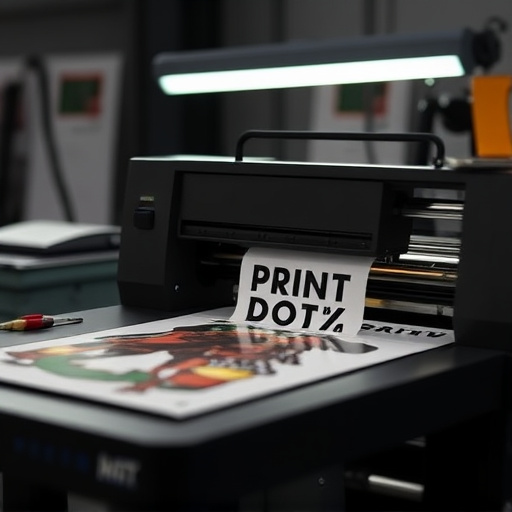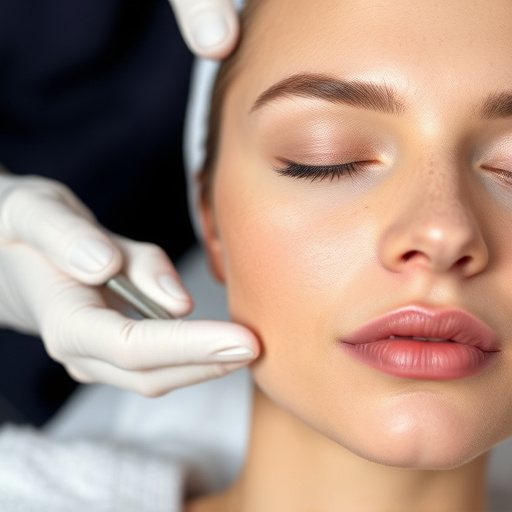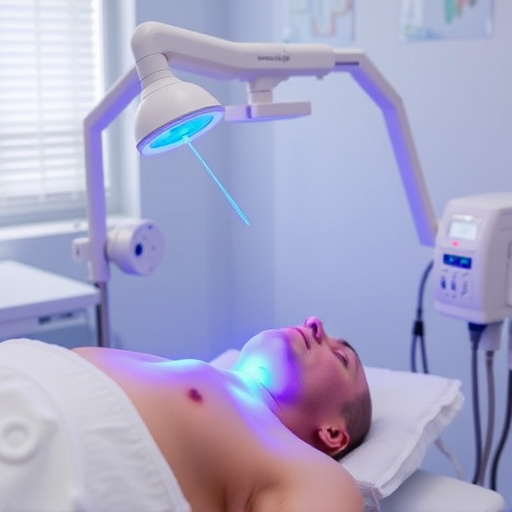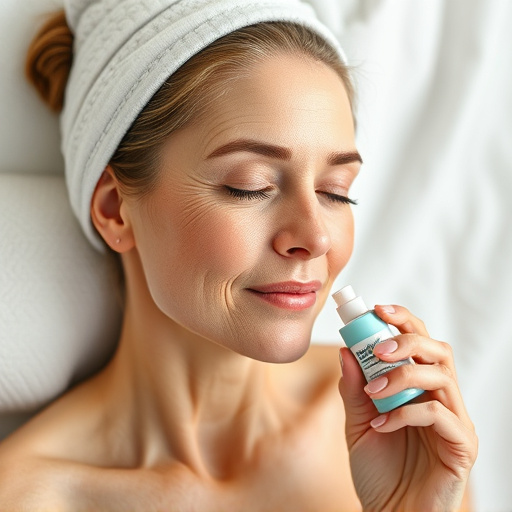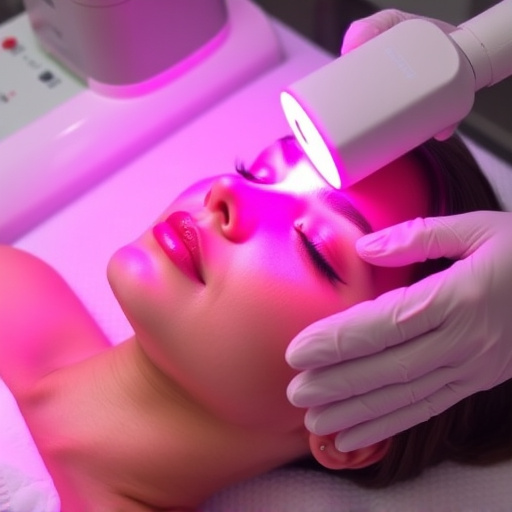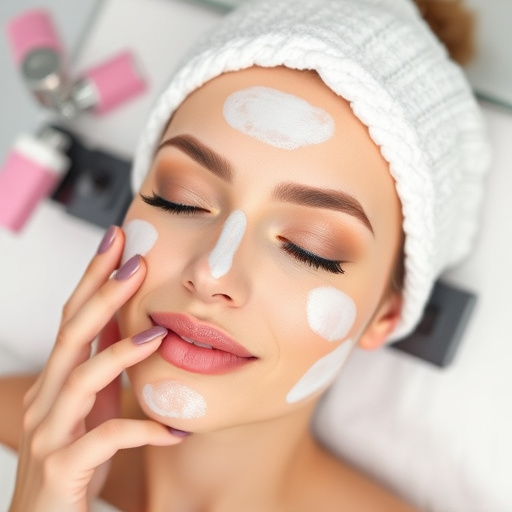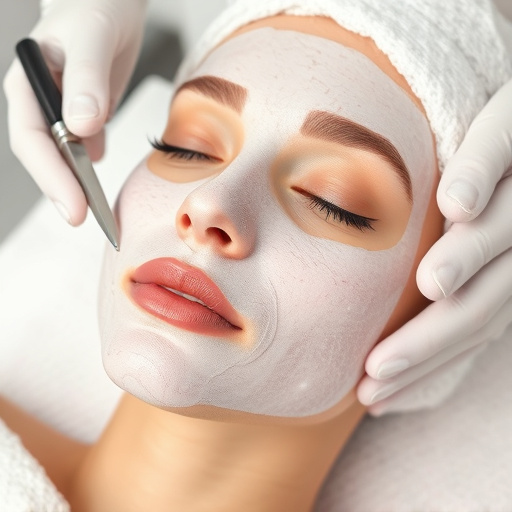A comprehensive skin analysis is key to achieving optimal skin health. By identifying your unique skin type and concerns, a personalized skincare regimen can be crafted using targeted products and customized treatments. Regular monitoring tracks skin improvements and allows for adjustments to maintain healthy, radiant skin. Comprehensive skin analysis powers proactive strategies for customized facial care.
After a comprehensive skin analysis, understanding your unique skin type is key to effective skincare. This guide outlines best practices for maximizing post-analysis benefits. Learn how to create a personalized routine tailored to your specific needs, effectively monitor progress, and adjust strategies as your skin evolves. By following these steps, you’ll unlock the secrets to achieving and maintaining healthy, radiant skin.
- Understanding Your Skin Type Post-Analysis
- Creating a Personalized Skincare Routine
- Monitoring Progress & Adjusting Strategies
Understanding Your Skin Type Post-Analysis
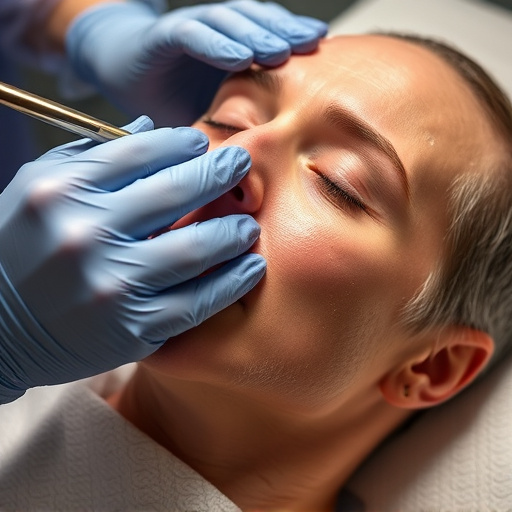
After a comprehensive skin analysis, understanding your unique skin type is a crucial step toward achieving and maintaining optimal skin health. This personalized insight allows for tailoring your skincare routine to address specific concerns effectively. Different skin types, such as normal, dry, oily, or combination, each have distinct characteristics that influence their needs. For instance, those with normal skin may require gentle, hydrating products, while individuals battling dryness might benefit from rich emollients and humectants.
Recognizing your skin type post-analysis enables you to make informed decisions when selecting skincare products and considering anti-aging treatments. Personalized skincare routines not only enhance the effectiveness of your regimen but also prevent potential irritation or overloading of the skin, ensuring a healthier, more vibrant complexion.
Creating a Personalized Skincare Routine

After a comprehensive skin analysis, the next step is to create a personalized skincare routine tailored to your unique needs. This involves understanding the insights gained from the analysis—such as skin type, concerns, and areas requiring specific attention. For instance, if the analysis reveals enlarged pores or acne-prone skin, incorporating products designed for pore refinement can be beneficial.
A customized facial treatment plan, incorporating non-surgical treatments, can further enhance results. These treatments are often recommended based on the identified skin issues. By following a routine that aligns with your analysis outcomes, you ensure that each step addresses specific concerns, promoting healthier, more radiant skin.
Monitoring Progress & Adjusting Strategies
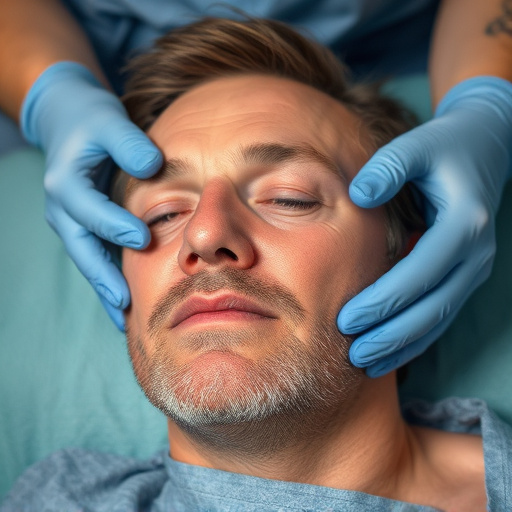
After a comprehensive skin analysis session, monitoring your skin’s progress is paramount. This involves regular check-ins with your dermatologist or esthetician to assess how your skin is responding to the recommended strategies. They can help you track changes in skin texture, tone, and any emerging issues. Adjustments to your skincare routine or treatments may be necessary as your skin adapts over time, ensuring continued optimal health and appearance.
One of the key benefits of a comprehensive skin analysis is that it allows for customized facial treatments and other medical spa services tailored to your unique skin needs. By staying attuned to your skin’s progress, you can make informed decisions about modifying these strategies—be it adjusting product formulations, incorporating new treatments, or refining your at-home skincare regimen. This proactive approach ensures that your skin health remains a priority, delivering the best possible outcomes.
A comprehensive skin analysis is a powerful tool for achieving optimal skin health. By understanding your unique skin type, creating a personalized skincare routine, and continually monitoring progress, you can transform your skin’s appearance and texture. These best practices empower you to take control of your skin care journey, ensuring lasting results that reflect your individual needs.


